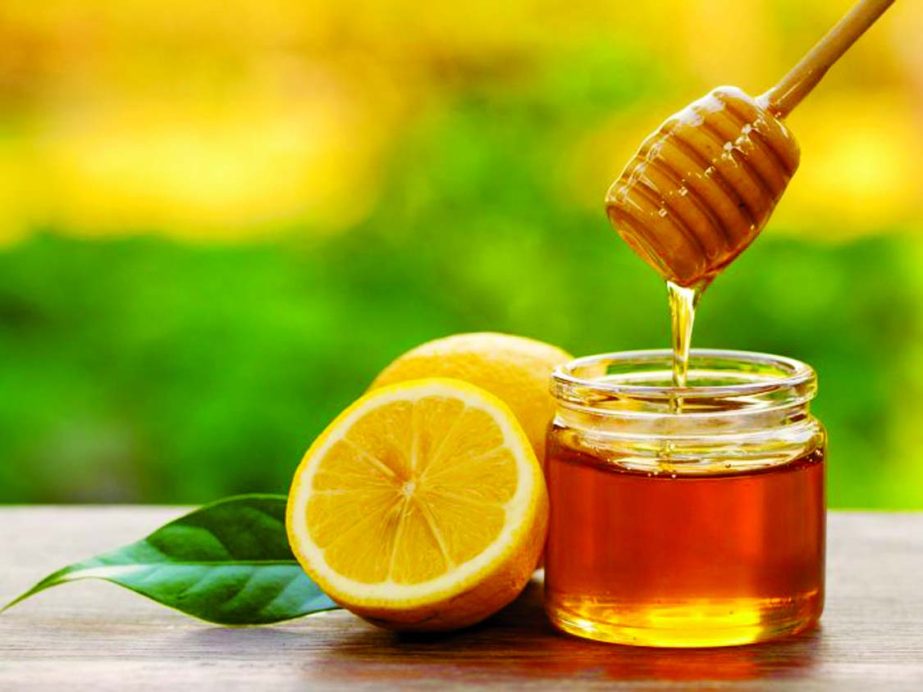
Weekend Plus Desk :
The medical term for flu comes from the Italian phrase Influenza di freddo- ‘the influence of the cold’. Flu or influenza are slightly distinct from the common cold, which usually develops slowly, whereas flu/influenza tends to affect a person suddenly. Caused by a virus which affects the upper respiratory tract, the symptoms include fever, headache, blocked or runny nose, aches and pains through the body and sneezing. According to estimates, it is responsible for 40 per cent of all missed work days. A typical bout clears up within a week.
There are some medicines to provide relief from symptoms, however, simple natural preparations in our own homes can help address minor complaints.
Some of these are traditional antidotes, others include nutritional and herbal supplements. Few have also been supported by scientific evidence. It seems everyone has their own special secret home remedy. Common home remedies for the cold include:
Kahdha:
Grandmother’s recipe to cure cold and cough is a herbal mix of spices including cinnamon, cloves, black pepper, ginger, desi ghee and basil.
Honey with some spices:
Honey is known to possess anti-bacterial, anti-oxidant, anti-inflammatory and prebiotic properties. Manuka honey, a special honey that comes from New Zealand, has been used in upper respiratory infections including chronic sinusitis, rhinitis and allergic symptoms.
Honey and black pepper:
Black pepper is known to have a healing and drying effect. It stimulates circulations and warms the body, particularly hands and feet, dispels toxins and improves sinus congestion. It can also be added to tea.
Honey and lemon:
Lemon is anti-bacterial, anti-viral and is excellent for halting the progression of infections. It strengthens the immune system and helps relieve symptoms of cold and flu.
Turmeric and ghee in milk:
Turmeric’s ability to modulate the immune system is well-known and it is known to have anti-viral, anti-bacterial and anti-fungal properties.
Garlic:
Besides being a popular ingredient of almost all cuisines, garlic has been long known for its therapeutic benefits. Garlic is loaded with nearly 100 active chemical compounds including several potent anti-oxidants (compounds that reduce wear and tear of our body).
Garlic is known for its anti-biotic, anti-inflammatory, anti-hypertensive, anti-fungal, anti-viral, anti-oxidant and even cholesterol-lowering properties. Some known traditional garlic therapies include:
n For asthma; Boiled Garlic
n For Tonsillitis: Garlic Mashed, mixed in vinegar and then gargled
n For Headache: Strong Garlic infusion rubbed on temples.
The medical term for flu comes from the Italian phrase Influenza di freddo- ‘the influence of the cold’. Flu or influenza are slightly distinct from the common cold, which usually develops slowly, whereas flu/influenza tends to affect a person suddenly. Caused by a virus which affects the upper respiratory tract, the symptoms include fever, headache, blocked or runny nose, aches and pains through the body and sneezing. According to estimates, it is responsible for 40 per cent of all missed work days. A typical bout clears up within a week.
There are some medicines to provide relief from symptoms, however, simple natural preparations in our own homes can help address minor complaints.
Some of these are traditional antidotes, others include nutritional and herbal supplements. Few have also been supported by scientific evidence. It seems everyone has their own special secret home remedy. Common home remedies for the cold include:
Kahdha:
Grandmother’s recipe to cure cold and cough is a herbal mix of spices including cinnamon, cloves, black pepper, ginger, desi ghee and basil.
Honey with some spices:
Honey is known to possess anti-bacterial, anti-oxidant, anti-inflammatory and prebiotic properties. Manuka honey, a special honey that comes from New Zealand, has been used in upper respiratory infections including chronic sinusitis, rhinitis and allergic symptoms.
Honey and black pepper:
Black pepper is known to have a healing and drying effect. It stimulates circulations and warms the body, particularly hands and feet, dispels toxins and improves sinus congestion. It can also be added to tea.
Honey and lemon:
Lemon is anti-bacterial, anti-viral and is excellent for halting the progression of infections. It strengthens the immune system and helps relieve symptoms of cold and flu.
Turmeric and ghee in milk:
Turmeric’s ability to modulate the immune system is well-known and it is known to have anti-viral, anti-bacterial and anti-fungal properties.
Garlic:
Besides being a popular ingredient of almost all cuisines, garlic has been long known for its therapeutic benefits. Garlic is loaded with nearly 100 active chemical compounds including several potent anti-oxidants (compounds that reduce wear and tear of our body).
Garlic is known for its anti-biotic, anti-inflammatory, anti-hypertensive, anti-fungal, anti-viral, anti-oxidant and even cholesterol-lowering properties. Some known traditional garlic therapies include:
n For asthma; Boiled Garlic
n For Tonsillitis: Garlic Mashed, mixed in vinegar and then gargled
n For Headache: Strong Garlic infusion rubbed on temples.

